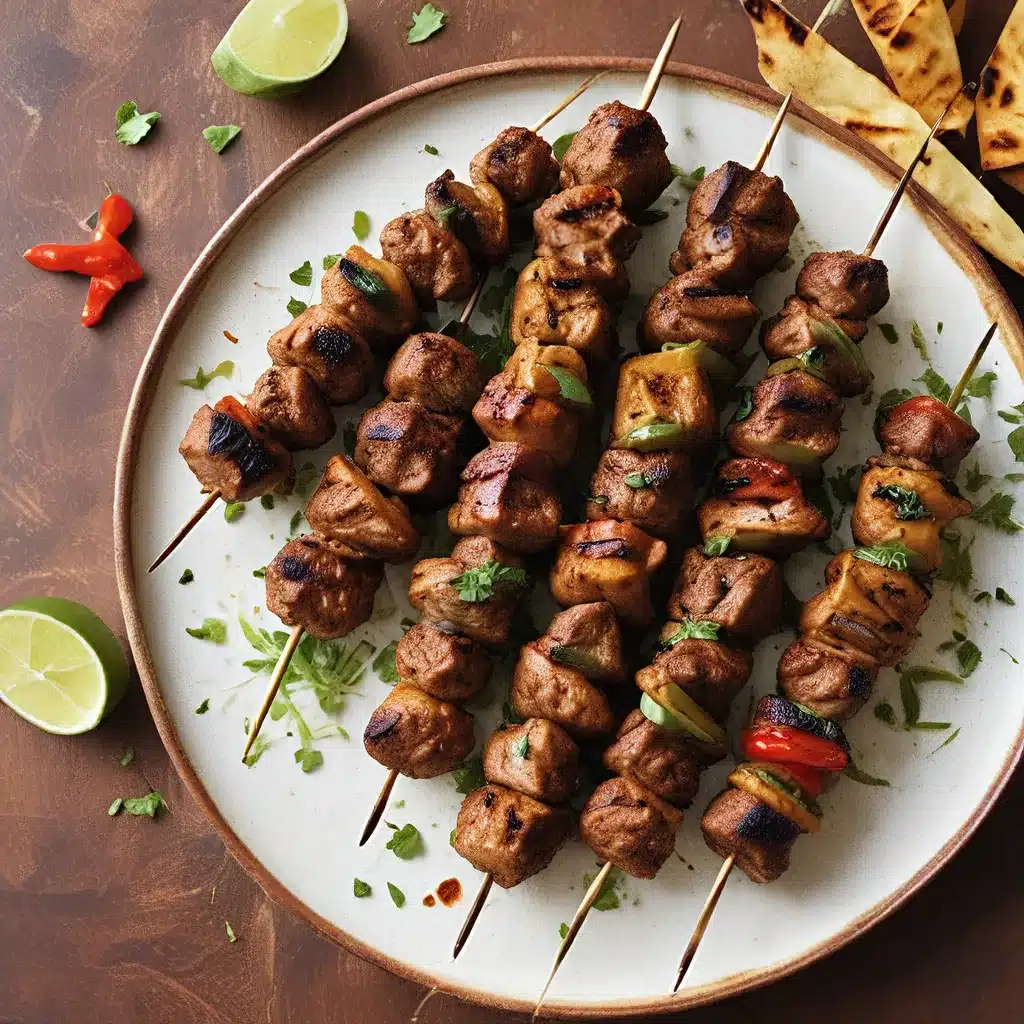
Introduction: Leftovers, the Forgotten Treasure
Ah, leftovers – the unsung heroes of the culinary world. We’ve all been there, haven’t we? You slave away in the kitchen, pouring your heart and soul into a delectable meal, only to be left with a mountain of extras. But fear not, my fellow foodies! Leftovers are not to be dismissed as mere scraps; they’re a treasure trove of potential, waiting to be rediscovered and reborn.
The key, my friends, lies in proper thawing and reheating. You see, mishandling those leftovers can lead to a world of trouble – from bacterial growth to food poisoning. But fear not, for I’m here to guide you through the ins and outs of food safety, ensuring that your culinary creations live on to fight another day.
The Dangers of Improper Thawing and Reheating
Let’s start with the elephant in the room: foodborne illnesses. These nasty little buggers can strike at any moment, and they’re often the result of improper food handling. When it comes to leftovers, the two main culprits are failing to cook the food to a safe temperature and leaving it out at an unsafe temperature for too long.
You see, bacteria love the temperature range between 40°F and 140°F – it’s the Goldilocks zone for their nefarious deeds. Leave your food sitting in that danger zone for more than two hours (or just one hour if the temperature is above 90°F), and you’re inviting a bacterial party that no one wants to attend.
But wait, there’s more! Improper thawing can also lead to trouble. Letting frozen food sit out at room temperature to thaw is a big no-no, as it creates the perfect breeding ground for those pesky microbes. And don’t even think about thawing on the counter – that’s a recipe for disaster (pun intended).
Proper Thawing Techniques: Patience is a Virtue
Now that we’ve established the dangers, let’s dive into the proper techniques for thawing those frozen leftovers. As tempting as it might be to take the quick and easy route, trust me, your taste buds (and your stomach) will thank you for taking the time to do it right.
The safest way to thaw food is in the refrigerator. Sure, it might take a little longer, but it’s the best way to ensure that your food stays out of the danger zone. According to the USDA Food Safety and Inspection Service, you should plan ahead and allow 24 hours for every 5 pounds of frozen food to thaw in the fridge.
Ah, but what if you’re in a hurry, you ask? Well, you can try the cold water method. Simply submerge your frozen food in cold water, making sure to change the water every 30 minutes to keep it nice and chilly. This will help it thaw more quickly, but still, be patient – it can take several hours for larger items to thaw fully.
And whatever you do, don’t even think about using the microwave or leaving it out at room temperature. That’s a surefire way to invite a bacterial party straight to your plate.
Reheating Leftovers: A Delicate Dance
Now that your leftovers are safely thawed, it’s time to bring them back to life. But hold on, my friends, there’s a right way and a wrong way to go about this.
First and foremost, you’ll want to make sure you heat your leftovers to a safe internal temperature. According to the USDA, any cooked food should be reheated to an internal temperature of 165°F to kill off any lingering bacteria.
But temperature isn’t the only factor to consider. The way you reheat your leftovers can also make all the difference. Steer clear of letting them sit at room temperature for more than two hours (or just one hour if it’s a hot day). That’s the bacteria’s sweet spot, and you don’t want to give them any opportunities to multiply.
Instead, try reheating your leftovers in the oven, on the stovetop, or in the microwave. And be sure to divide larger portions into smaller, shallower containers. This will help them cool down (and heat up) more quickly, reducing the time they spend in that dreaded danger zone.
Putting It All Together: A Foolproof Leftovers Strategy
Alright, let’s recap what we’ve learned so far:
- Thaw your leftovers in the fridge, not on the counter or in the microwave.
- Reheat them to an internal temperature of 165°F, and don’t let them sit out for more than two hours.
- Divide larger portions into smaller containers to speed up the cooling and reheating process.
By following these simple steps, you can turn those forgotten leftovers into a culinary masterpiece, time and time again. And who knows, you might just discover a new family favorite in the process!
So the next time you find yourself staring down a mountain of extra food, don’t despair – embrace the challenge! With a little bit of TLC and some food safety know-how, you can transform those leftovers into a delicious and satisfying meal. And let’s not forget, Home Cooking Rocks is always here to lend a hand (or a recipe) whenever you need it.
Happy reheating, my fellow foodies!






